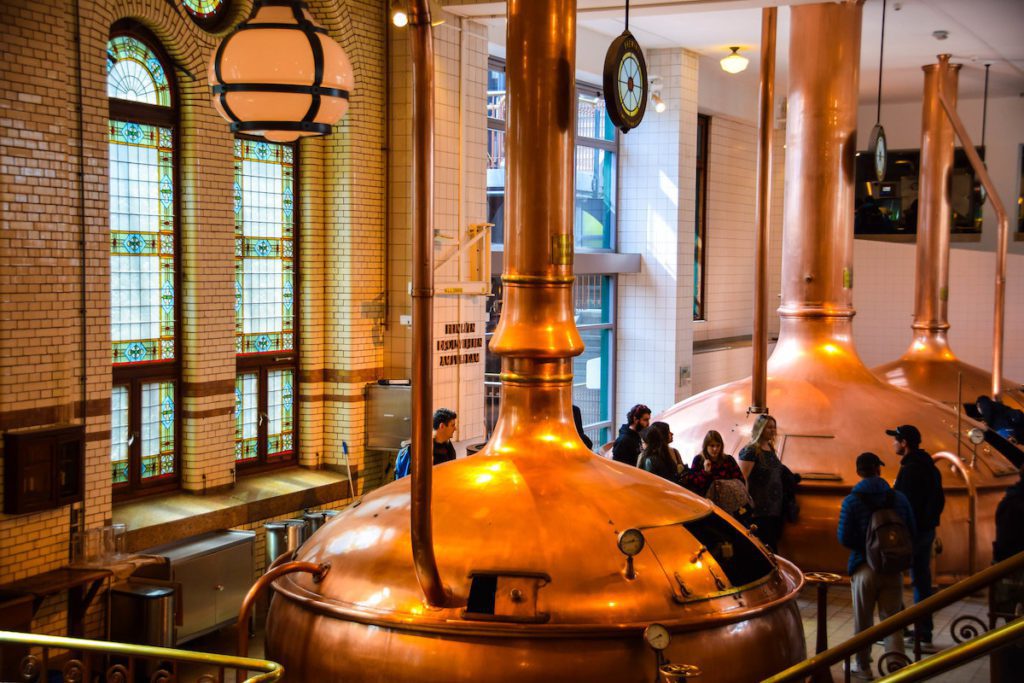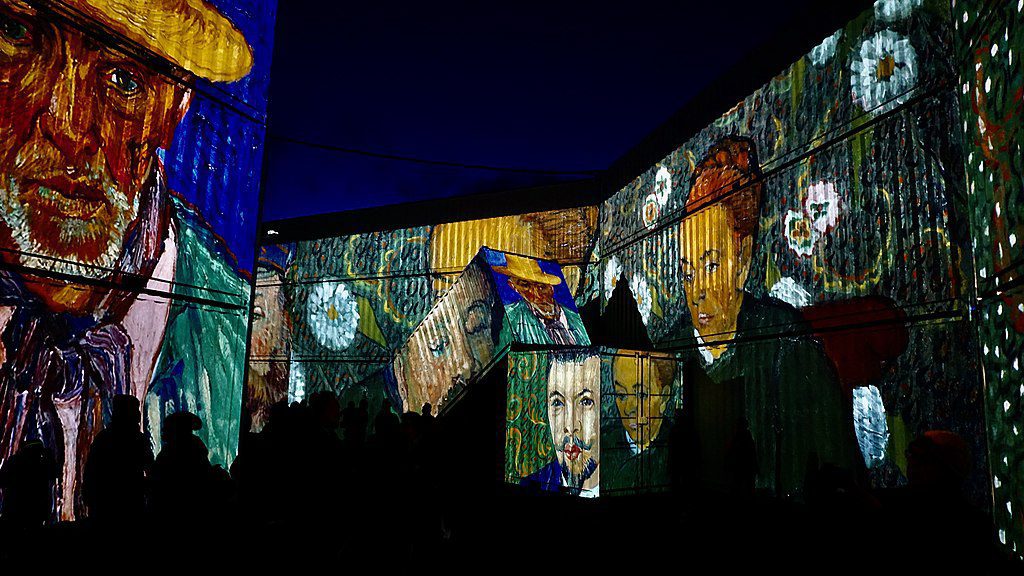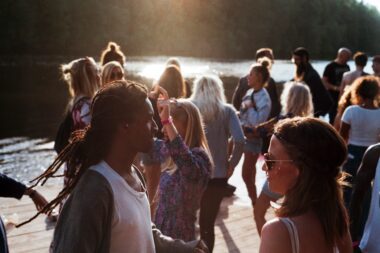Author: Michal Matlon
In 1991, the Heineken Treat and Information Centre opened its doors to visitors. It was located on the site of a former brewery in De Pijp district of Amsterdam, close to the city center. Initially, it offered tours of the brewery and presented the history of the brand to its visitors. Over the years, it gained in popularity and by 2001, when it changed its name to Heineken Experience, it had already become one of the most popular tourist attractions in the city.
After a refurbishment in 2008, which transformed the place into a full-fledged interactive, multimedia experience with multiple bars and entertainment programs, the center started to rise in popularity again, even more than Amsterdam itself.
Between 2009 and 2014, the visits to Heineken Experience grew by a whopping 143%, while tourism in Amsterdam recorded “only” a 19% growth. At the same time, admission prices grew by 60% and retail sales per capita increased by a whole 100%. And by 2019, the center consistently attracted over 1.1 million visitors a year.

The Heineken Experience is not an isolated case. Many brands, such as Coca-Cola, Guinness, Ben & Jerry, Starbucks, and Samsung have experienced similar success with their brand experience centers.
But what is even more interesting, is that even smaller, regional brands are benefiting from creating in-person experiences. The Zotter Experience World, a destination of the Austrian chocolate manufacturer, attracts around 270 000 visitors a year, even though it’s located in a remote rural area. And the UK’s Ice Cream Farm attracts about 500 000 visitors a year.
From Product to Experience
This makes sense. As a bigger and bigger part of our lives takes place in the virtual world, whose fidelity is still very limited, people crave physical experiences which immerse them with all their senses.
A 2017, Eventbrite survey found that 8 out of 10 millennials have taken part in live experiences during the year and their best memories come from such events and places. And 7 out of 10 would like to increase their experience spending, as compared to what they spend on physical products.
In addition, the time people usually spend at these experiences, measured in hours, puts them in a much more intense (and voluntarily chosen) contact with the brand, compared to watching an intrusive advertisement measured in seconds.

It’s not only companies that are undergoing this shift. The world of art is seeing the increasing popularity of immersive art experiences, which, instead of presenting visitors with an object, such as a painting or a statue, immerse them in an intricately designed environment that focuses on exciting different emotions and telling a story.
Among such examples are the Museum of Ice Cream in New York, which attracts over 500 000 visitors a year, or the Meow Wolf House of Eternal Return in New Mexico with the same amount of visitors. And the Van Gogh Alive multi-sensory exhibition has already been visited over 8.5 million times in 75 different cities.
Together with the fact that today, about half of people’s inspiration for purchases comes from social media, which thrive on pictures and videos from unique experiences, this means that exactly those brands which manage to integrate those two worlds will flourish in the near future.
How to Design Brand Experiences
So what should you do when creating such an experience? What qualities should it have?
- Create a unique concept, a storyline that connects the dots during the visitor’s journey.
- Design the experience to be multisensory, engaging all our senses – sight, smell, hearing, touch, and taste, to form a coherent experience.
- Think about details, as every detail of the experience, if done wrong, can break the immersion. At the same time, small, thoughtful details can become a great moment of impression. Staff hiring and training are a big part of this.
- Make the experience alive and changing so that people want to keep coming back over time.
- Integrate the unique qualities of the physical and digital world. For example, digital systems with analog interfaces are a great opportunity for innovation.
- Make it highly shareable through visual media. Design of the environment needs to create moments at which people will take pictures or video, and integrate them seamlessly into the experience.
- Approach the marketing of these experiences as you would approach the marketing of a tourist destination, as the way people interact with them is very similar.
Do You Want to Create an Unforgettable Brand Experience?
We at theLivingCore are a multidisciplinary team of cognitive scientists, researchers, business consultants, facilitators, and designers. Our time-tested methodologies for innovation and design help our clients create and materialize coherent stories and concepts which fulfill deep human needs and desires. Are you thinking about enriching your brand through an immersive experience? Let us help you kick-start the process. Book a free introductory session below.
References
- https://hbr.org/2015/10/the-brand-benefits-of-places-like-the-guinness-storehouse
- https://www.brandingmag.com/2017/12/03/7-ways-to-unlock-brand-value-through-your-brand-center/
- https://destinationsinternational.org/transforming-visitor-centers-experience-centers
- https://www.aim-museums.co.uk/wp-content/uploads/2017/03/Successful-Visitor-Experience-2017.pdf
- https://en.canon-cna.com/press-centre/press-releases/2019/07/age-of-retailtainment/
- https://sufio.com/blog/retailtainment-experiential-retail-online-store/
- Top image: Hits Spart on Wikimedia Commons


